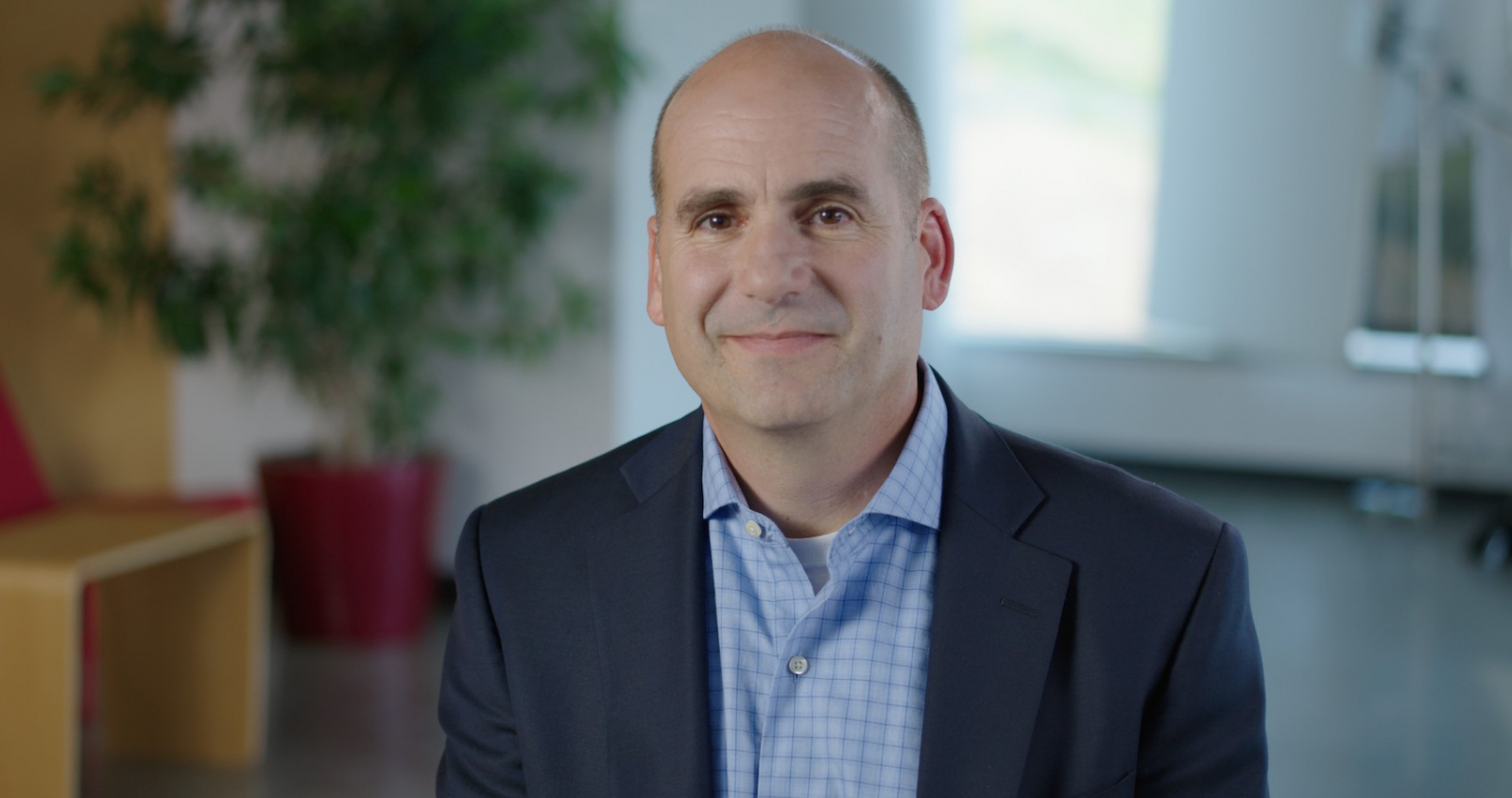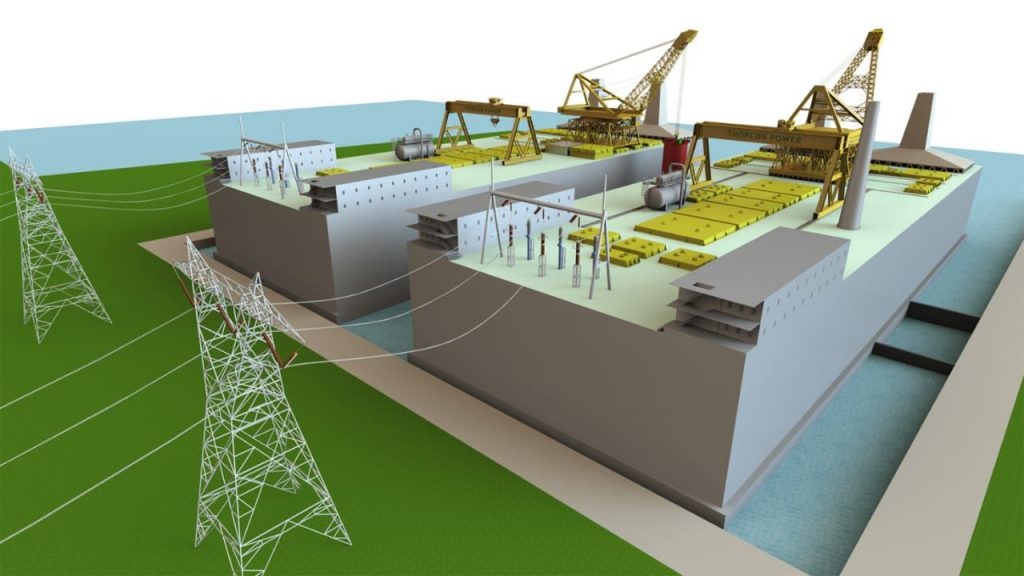
Thorcon CEO Matt Wilkinson says Indonesia’s push for nuclear power aims to boost economic growth and cut emissions. (Photo: Thorcon)
Nuclear technology continues to evolve, and fourth-generation molten salt reactors (MSRs) offer safer and more stable low-carbon power. Singapore-based American developer Thorcon, which uses this technology, has made significant progress in Indonesia and may become the first to build a commercial nuclear power plant in the country.
In an exclusive interview with RECCESSARY, Thorcon CEO Matt Wilkinson discussed the challenges and opportunities in Indonesia, as well as the key technology behind MSRs.
“It takes two years from cutting initial steel to delivering electrons, we can scale faster than any other solution,” Wilkinson said firmly, noting that Thorcon’s MSR is highly competitive in both construction speed and cost.
MSR with shipbuilding integration cuts time and cost
First developed and validated by the U.S. Department of Energy’s Oak Ridge National Laboratory in the 1960s, MSRs use molten salt as both coolant and fuel. This design improves efficiency, reduces high-pressure system risks, and allows flexible fuel options, including spent nuclear fuel and thorium.
Thorcon’s unique approach is to combine MSR technology with shipyard manufacturing. Wilkinson said that company founder and former MIT naval architecture professor Jack Devanney accidentally discovered that the MSR’s low-pressure, liquid-fuel, and high-temperature characteristics, combined with shipyard techniques, enable the rapid construction of multiple nuclear power plants.
Thorcon’s design eliminates the need for thick concrete domes and high-pressure piping, instead leveraging advanced shipbuilding methods such as panel-line fabrication, plasma cutting, and robotic welding.
The reactors are built from 316 stainless steel, a common shipbuilding material, which Wilkinson says ensures efficiency and precision. “If you know how to design something to be built in a shipyard, they can do it very effectively and make structures with a millimetre precision.”
While conventional large-scale nuclear plants take at least six years to build, Thorcon’s 500 MW units can be completed in one year, with an additional year for testing and commissioning. This not only slashes construction timelines but also reduces capital requirements.
Wilkinson cites the Vogtle plant in Georgia, USA, which cost USD 16 billion per GW and took 10 years to complete, and the four APR1400 plants in the UAE, built by KEPCO for USD 5 billion per GW over nearly a decade. In contrast, Thorcon’s overnight CAPEX per GW is significantly lower than these cases and even beats coal-fired power in cost competitiveness.

Thorcon's TMSR-500 conceptual design. It shows two adjacent TMSR-500 power plants connected to the grid. (Image: Wikimedia Commons CC BY-SA 4.0)
Small scale, rapid replication: Thorcon outpaces competitors
Despite interest from South Korea, Russia, France, China, and Japan to build nuclear plants in Indonesia, Wilkinson remains confident. Thorcon’s smaller-scale, quickly replicable model could allow it to finish its first site ahead of larger competitors.
On small modular reactors (SMRs) with smaller capacity, however, Wilkinson is critical that the cost may not be lower than coal, “they don’t even talk about LCOE. None of them have a plan that makes them cost-competitive with coal.”
Thorcon’s Indonesian journey began in 2015 when state-owned nuclear company INUKI approached them. After signing an MoU with Pertamina and PLN, they spent a year on technical studies.
Over the next decade, Thorcon engaged with Indonesia’s Ministry of Energy, the National Energy Council (DEN), the nuclear regulator BAPETEN, and the Bangka Belitung provincial government. In 2025, it submitted its Site Evaluation Plan and Site Evaluation Management System, securing regulatory approval—the first nuclear permit of its kind in Indonesia.
Read more: Indonesia to build 20 nuclear power plants with first project by ThorCon

Thorcon to build nuclear power plant at Kelasa Island, Indonesia. (Image: Thorcon)
Ten years in the making, commercial operations by 2032
Wilkinson says the biggest challenge in Indonesia has been persistence, “most companies I think would have given up by now (with a long preparation period)”.
“We have a conviction in our design. We know how to scale clean, dispatchable and safe electricity that's cost competitive with coal,” he added. “None of us could walk away from it because we see the answer right in front of us.”
Support from local stakeholders has also strengthened Thorcon’s mission. While no Indonesian official has directly promised to push the project forward, the Indonesians who share Thorcon’s vision recognize the technology’s potential to meet local energy needs.
Thorcon has established a subsidiary in Indonesia, is hiring local talent, and plans to train more Indonesian nuclear engineers. With success, the company could turn Indonesia into a manufacturing hub for Southeast Asia, supplying future projects in markets like Singapore.
The first plant will be built on Kelasa Island in Bangka Belitung province. With the Site Evaluation Plan and Site Evaluation Management System approved, Thorcon aims to start construction in 2027, begin operations in 2030, and secure a full operating license by 2032—delivering power to the national grid and marking a milestone in Indonesia’s low-carbon transition.
.png)
.jpg)